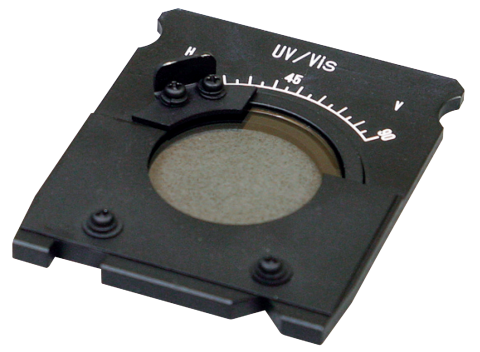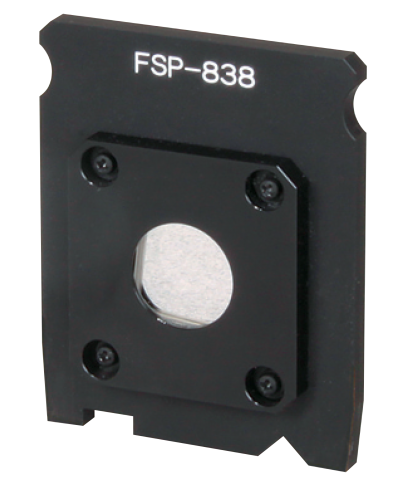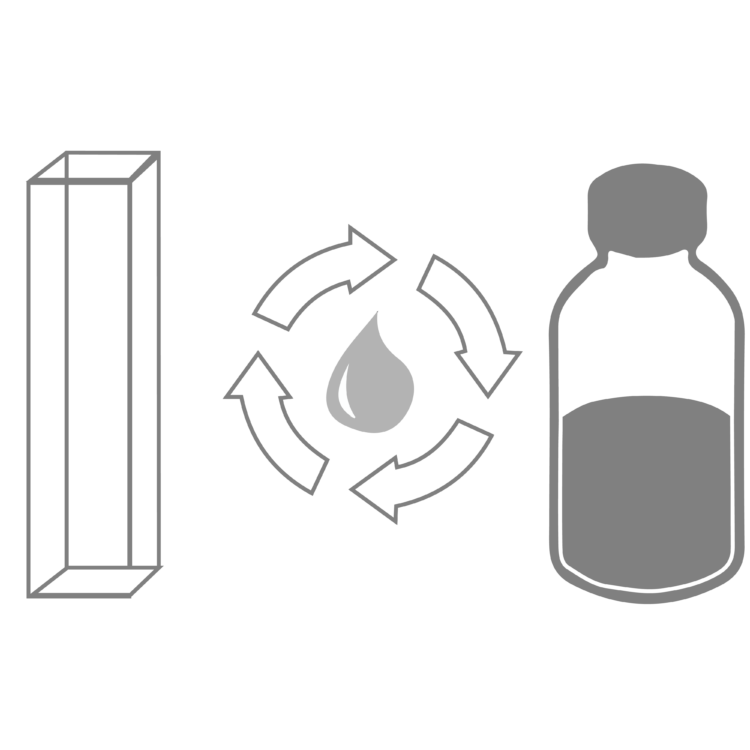Fluorescence Anisotropy and Polarization Measurement
Fluorescence anisotropy occurs when a fluorophore emits different intensities of light dependent on the polarization angle of the incident light. Anisotropy can be used to probe the structural flexibility of a fluorophore, which cannot be obtained by fluorescence spectroscopy alone.

FDP-837 | Automatic Polarizers
The FDP-837 is used to automatically measure fluorescence anisotropy and the degree of polarization using two wide spectral range polarizers mounted in the excitation and emission paths in the sample compartment. Wavelength range: 220-700 nm

FDP-223/FDP-243 | Manual Polarizers
The two manually adjustable polarizers can be used to measure anisotropy in the UV-Visible (FDP-223) and Visible only (FDP-423) ranges.

FSP-838 | Depolarizer
For solid-state and viscous samples with polarization characteristics, the depolarization plate is a filter that can be used to depolarize the excitation light.



